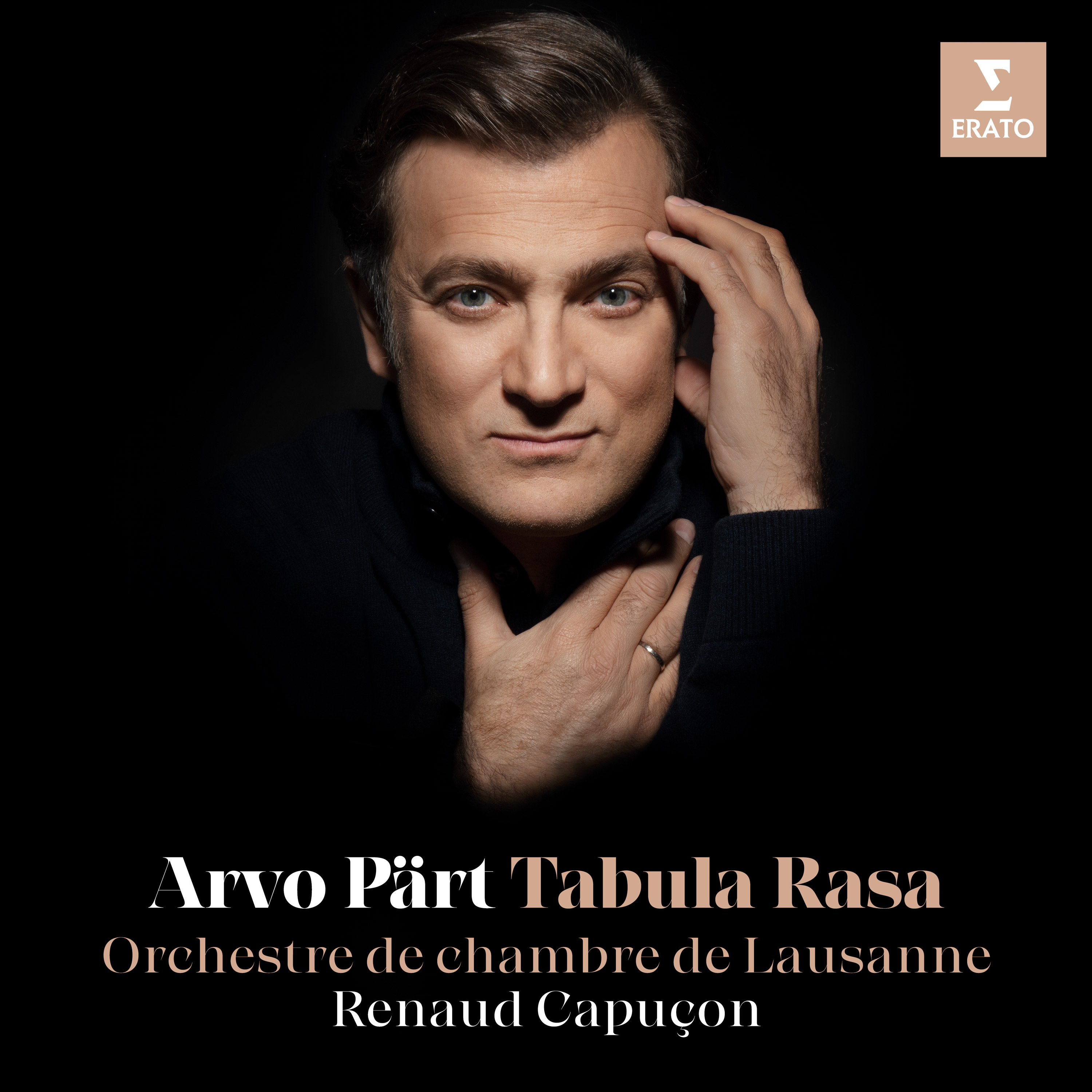


Mark Twain’s old-person project was his autobiography, which he dictated with regularity when he was in his seventies. Old-people projects keep old people old. For offspring and extended families, old people write books about their horses, their houses, their dogs, and their cats, published at the kitchen table. Some people develop their own Presidential libraries without experiencing a prior need to be President. Bush jumped out of airplanes on his octo birthdays. On that day at the Century Association, Thornton Wilder had twelve years to live.
TABULO ROSA SKIN
I was about thirty but I felt thirteen, and I was moon-, star-, and awestruck in the presence of the author of “ Our Town,” “The Skin of Our Teeth,” and “The Bridge of San Luis Rey.” I had read and seen those and more, and had watched my older brother as Doc Gibbs in a Princeton High School production of “Our Town.” I knew stories of Wilder as a young teacher at the Lawrenceville School, five miles from Princeton, pacing in the dead of night on the third floor of Davis House above students quartered below.Īt current velocities, it takes twelve years to get to the moons of Neptune. Baker may have been counting on me to be some sort of buffer. Spontaneously, one morning at the office, Baker appeared at the edge of my cubicle, and said, “You need a little glamour in your life-come have lunch with Thornton Wilder.” We walked seven blocks south and one over to the Century Association, where Wilder had arrived before us. Thornton Wilder at the CenturyĪt Time: The Weekly Newsmagazine, my editor’s name was Alfred Thornton Baker, and he was related in some way to the playwright and novelist Thornton Wilder. There-suddenly and surprisingly towering over us-was a much larger than life equestrian statue of Francisco Pizarro, conquistador of Peru, this remote community his home town. A sign by the portal gate said “Trujillo.” We drove to it, and into it, and up through its helical streets, and finally into its central plaza.

The prospect seemed as modest as it was isolated-just another Spanish townscape distorted by heat shimmers. The roads were not much wider than the car the national dual highways, the autovías, were still off in the future. Parched in Extremadura-with people like Sarah and Martha howling, panting, and mewling-we saw across the plain a hilltop town, a mile or two from the highway, and we turned to go there and quench the thirst. Next day, the heat was just as intense, and we developed huge thirst but soon had nothing in the car to drink. We stayed in a parador in Mérida that had been a convent in the eighteenth century.
TABULO ROSA WINDOWS
Rubber flanges surrounded each of the many windows in the VW bus, and the cement that held the rubber flanges melted in the heat, causing the flanges to hang down from all the windows like fettuccine. Only the oaks were cool in their insulating cork. Fahrenheit, the temperatures were in three digits. It was the first time any of us had ever been there, and those were two of the hottest days of all our lives. When you were five years old, in midsummer, we went south to north across Extremadura in our new VW microbus. I was so beguiled by Extremadura that I started writing a short story called “The Girl from Badajoz.” With respect to publication, she stayed in Badajoz. Extremadura, though-just the name of it and its remoteness in the Spanish context-had some sort of romantic appeal to me from the first time I ever heard of it, which was probably when I went to Madrid and spent a couple of weeks in Jane del Amo’s apartment, in 1954. We drove from France straight to northern Portugal through Castilla la Vieja-Valladolid and Salamanca-and back the same way a few weeks later. By the way, did you ever write about Extremadura-and when you made that trip with Tim and Wendy did you go to Trujillo?


 0 kommentar(er)
0 kommentar(er)
